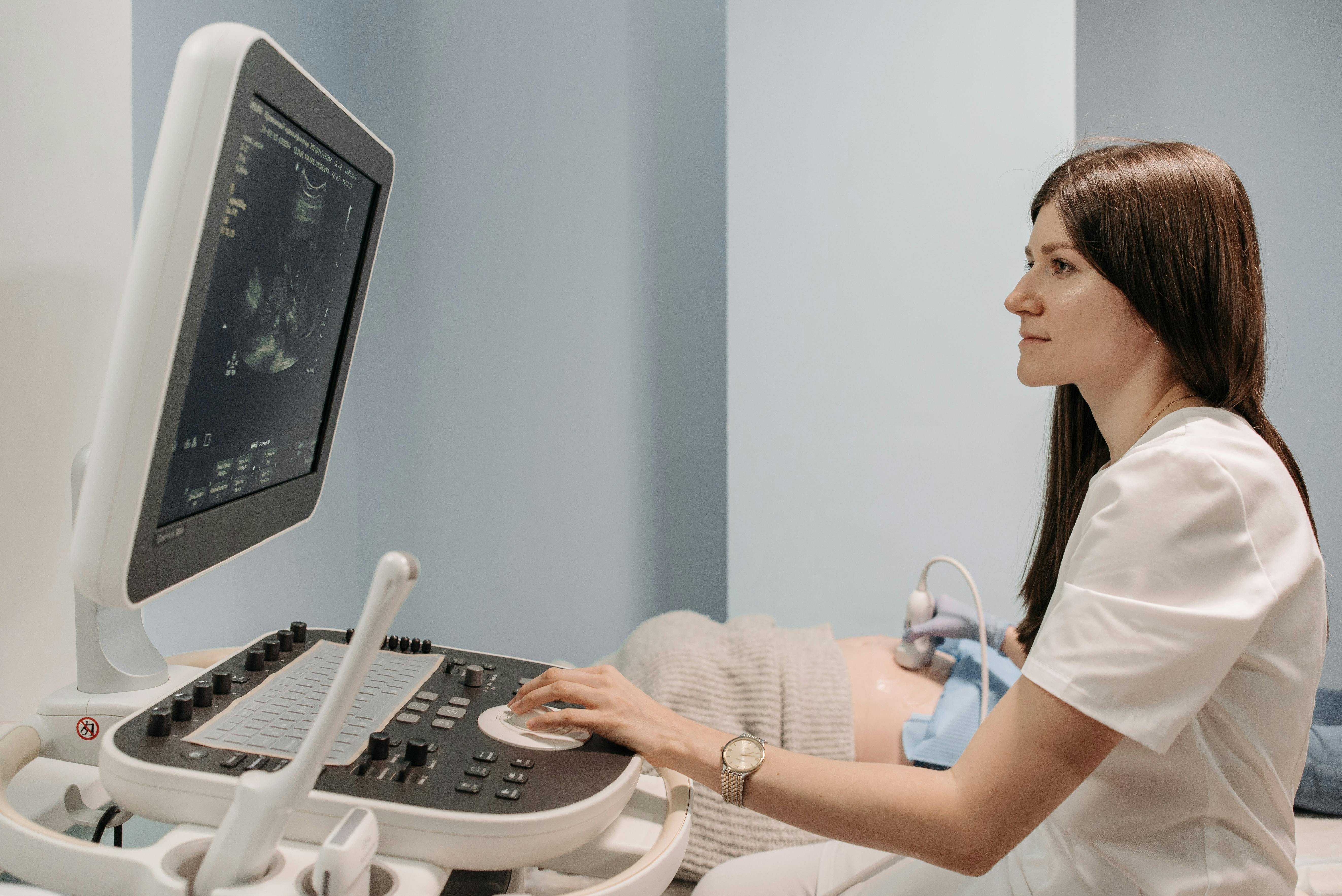Creatine is a common supplement taken by fitness enthusiasts to increase the intensity of their training and shorten recovery time. Although creatine generally provides energy to muscles, some aspects of its use can lead to back pain. If you take this supplement and start to experience back pain, there may be a link between the two.
creatine
Creatine helps facilitate the production of adenosine triphosphate (ATP), which provides energy for muscles to contract. Creatine is produced by the body, but is also found in high-protein foods like lean red meat and fish. Pills and drinks are available as supplements.
Supplementing creatine, usually in combination with a simple carbohydrate to increase its effects, means your muscles will have more energy to work with. Whether you’re running or lifting weights, you’ll be able to perform more intensely as your muscles are equipped with more energy.
Suggested doses of this supplement vary widely. Generally, there is a loading phase in which the muscles become saturated with creatine. This takes about a week and involves high doses, averaging around 20 grams per day. After this time, a maintenance dose of about 5 grams per day can be taken to keep muscle levels high. Although there is no strict proof that it is necessary, most supplement users use it for 2-3 months and then resume after a month without use.
In addition to enhancing workouts, the supplement is used to treat disorders related to muscle weakness such as heart failure, muscular dystrophy, ALS, Parkinson’s, and Huntington’s disease.
Dehydration
Creatine makes the muscles retain water. The harder the muscles work, the more blood supply they need. Blood contains fresh water, electrolytes, nutrients, and oxygen. An inadequate amount of fluid in the body reduces the amount of blood and electrolytes delivered to and absorbed by the muscles. Muscle cramps may develop due to insufficient fluid intake while using creatine.
You can feel muscle cramps anywhere, but the lower back is a common site for muscle pain in general. Whatever your activity, the lower back is highly mobile and resilient. Cramps in your lower back can be a sign that you’re not drinking enough fluids while taking creatine. If you drink at least 64 ounces of water a day and still experience cramps, you may need to lower your dose.
To prevent dehydration, avoid exercising in hot environments or for long periods of time after taking creatine.
kidney problems
Although there is no conclusive evidence, it is possible that dramatically increasing the level of creatine in the body can damage the kidneys. Creatine creates a substance called creatinine that must be filtered out by the kidneys. It is believed that a dramatic and prolonged increase in creatinine can overload the kidneys and cause damage.
There are only a handful of case studies linking kidney problems to creatine, and some of them involve people who already had kidney dysfunction. However, just because it’s rare doesn’t mean the possibility should be ignored. It is recommended that people with kidney problems, taking medications that can cause kidney problems such as NSAIDs, those under 18 years of age, and pregnant or lactating women should not use creatine.
Kidney pain is felt in the flank area of the back, between the rib cage and the hip bone. It is usually sharp and tender to the touch. You may also experience muscle pain if the kidney is inflamed and presses on the lower back muscles. If you experience sharp lower or mid-back pain along with changes in your urine, seek medical attention and discontinue use of creatine.
Creatine is a reliable supplement to power your training, but it does come with some risks. Make sure you are aware of the potential downsides of any supplement and practice safe use.




